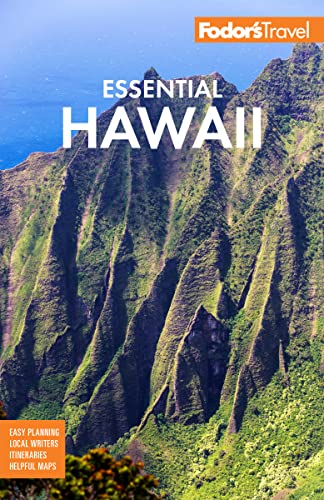In comparison to Kailua-Kona, Hilo is often deemed "the old Hawaii." With significantly fewer visitors than residents, more historic buildings, and a much stronger identity as a long-established community, this quaint, traditional town does seem more authentic and local. It stretches from the banks of the Wailuku River to Hilo Bay, where a few hotels line stately Banyan Drive. The vintage buildings that make up Hilo's downtown have been spruced up as part of a revitalization effort.
Nearby, the 30-acre Liliuokalani Gardens, a formal Japanese garden with arched bridges, stepping stones and waterways, were created in the early 1900s to honor the area's Japanese sugar-plantation laborers. They also became a safety zone after a devastating tsunami swept away businesses and homes on May 22, 1960, killing 61 people.
With a population of almost 50,000 in the entire district, Hilo is the fourth-largest city in the state and home to the University of Hawaii at Hilo. Although it is the center of government and commerce for the island, Hilo is clearly a residential town. Mansions with yards of lush tropical foliage share streets with older, single-walled plantation-era houses with rusty corrugated roofs. It's a friendly community, populated primarily by descendants of the contract laborers—Japanese, Chinese, Filipino, Puerto Rican, and Portuguese—brought in to work the sugarcane fields during the 1800s.
One of the main reasons visitors have tended to steer clear of the east side of the island is its weather. With an average rainfall of 130 inches per year, it's easy to see why Hilo's yards are so green and its buildings so weatherworn. Outside of town, the Hilo District boasts scenic beach valleys, rain forests and waterfalls, a terrain unlike the hot and dry white-sand beaches of the Kohala Coast. But when the sun does shine—usually part of nearly every day—the town sparkles, and, during winter, the snow glistens on Maunakea, 25 miles in the distance. Best of all is when the mists fall and the sun shines at the same time, leaving behind the colorful arches that earn Hilo its nickname: the City of Rainbows.
The Merrie Monarch Hula Festival takes place in Hilo every year during the second week of April, and dancers and admirers flock to the city from all over the world. If you're planning a stay in Hilo during this time, be sure to book your room and car rentals well in advance.






